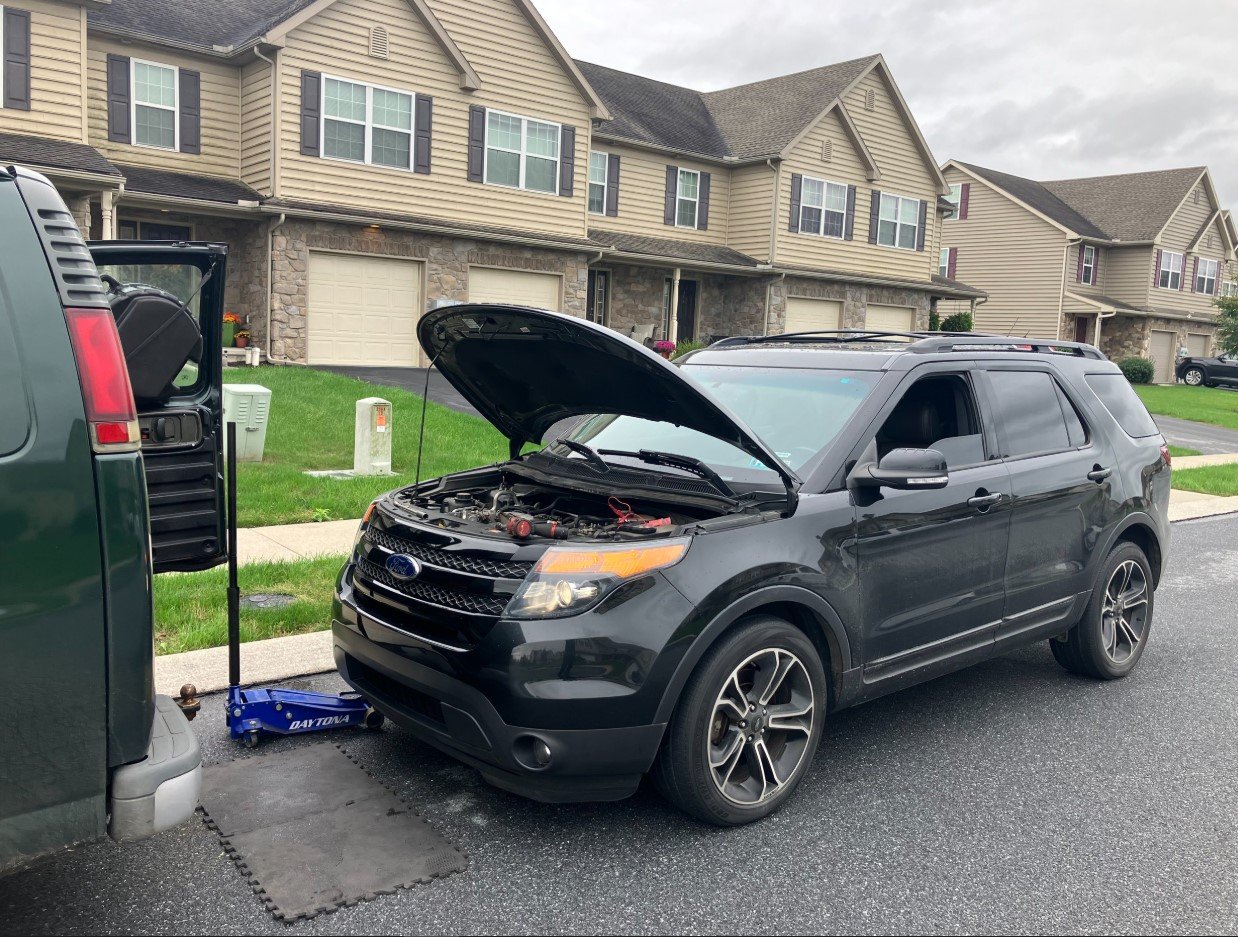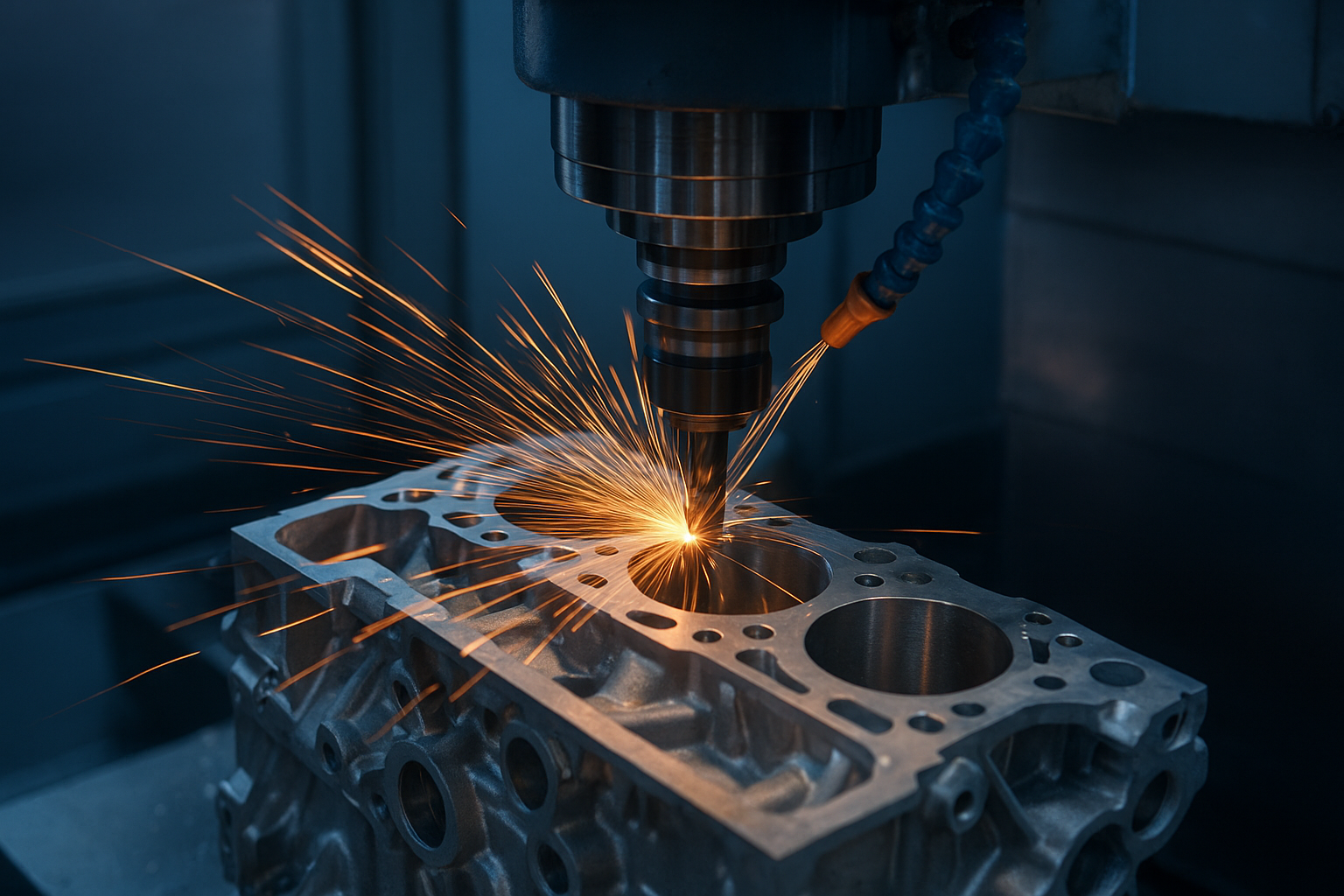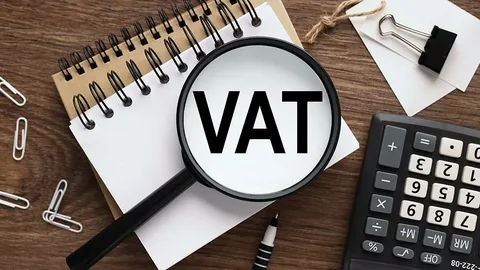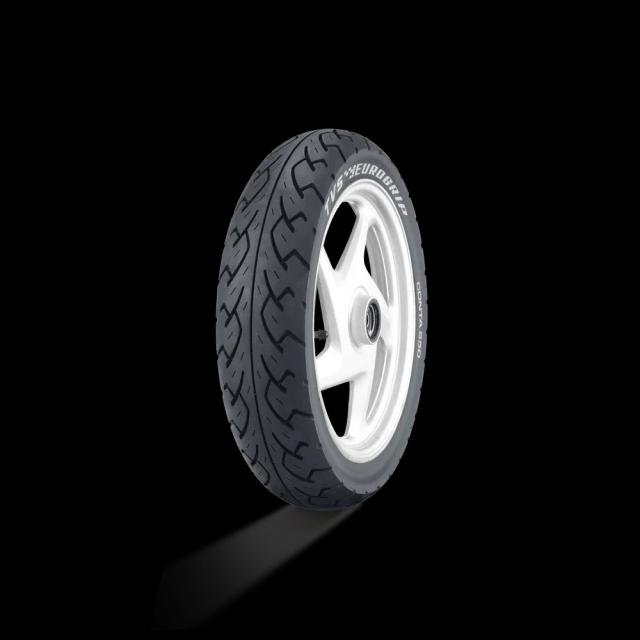Introduction: The Light That Haunts Every Driver
You’re cruising down the highway, music playing, coffee in hand—and then ding! That dreaded amber icon flashes to life: the “Check Engine” light. Your heart sinks. But with the car repair still running fine, you think: Maybe I’ll deal with it later.
That small light, however, can signal big trouble. Ignoring it might seem harmless, especially if your vehicle is still driving normally. But beneath the surface, real damage could be building—and the longer you wait, the higher the cost.
This guide explores what the “Check Engine” light actually means, why people ignore it, what can go wrong, and how much it can ultimately cost you in terms of money, safety, and vehicle lifespan.
Section 1: What the Check Engine Light Really Means (≈350 words)
The Check Engine light is part of your car’s onboard diagnostics system, known as OBD-II. It monitors the performance of your engine, emissions system, and several other vital components.
When something goes wrong—whether it’s a loose gas cap or a failing oxygen sensor—the system detects the issue and triggers the warning.
There are generally two levels of severity:
- Solid Check Engine Light: Indicates a non-urgent but important issue. You can typically continue driving, but the problem should be diagnosed soon.
- Flashing Check Engine Light: Signals a serious fault, often related to misfires that can damage the catalytic converter. Driving in this condition can be dangerous and expensive.
Common Causes:
- Loose or faulty gas cap
- Oxygen sensor failure
- Catalytic converter issues
- Mass airflow sensor failure
- Spark plug or coil issues
- Vacuum leaks
- Exhaust system failures
- Emissions system failure
Each of these can impact your fuel efficiency, emissions, and engine performance—and escalate into much bigger problems if ignored.
Section 2: Why Drivers Ignore the Check Engine Light (≈300 words)
Many drivers treat the Check Engine light like background noise. Here’s why:
1. No Immediate Symptoms
The car seems fine—no noise, no shaking, no performance loss. This leads drivers to think it’s not urgent.
2. Fear of Cost
Worried about a big repair bill, people put off diagnostics to delay the financial blow.
3. Bad Previous Experiences
Some drivers have been burned by mechanics in the past and fear being overcharged for “invisible” problems.
4. Busy Schedules
Life gets in the way, and a blinking light doesn’t seem like a top priority.
5. Misunderstanding
Many think the light is a minor alert or part of routine warnings like “low fuel.”
While these reasons are understandable, ignoring the issue is often far more costly in the long run.
Section 3: The Financial Cost of Ignoring the Light (≈500 words)
Let’s break down how small issues become major expenses when left unchecked:
🔧 1. Oxygen Sensor Failure ($200 now, $1,000+ later)
If this sensor fails and isn’t replaced:
- Fuel economy can drop by up to 40%.
- The engine runs rich, damaging the catalytic converter.
- Over time, this could lead to multiple sensor failures or exhaust system damage.
🔧 2. Faulty Spark Plugs ($100 now, $2,000 later)
Spark plugs may cost $10–$30 each. But if ignored:
- Engine misfires become common.
- Fuel can enter the catalytic converter and ruin it.
- The engine may shake violently or stall at high speeds.
🔧 3. Mass Airflow Sensor ($150 now, $1,500 later)
When dirty or broken:
- Your engine gets an incorrect fuel/air mixture.
- Over time, poor combustion leads to cylinder damage.
- Bad fuel economy and sluggish acceleration cost you money and control.
🔧 4. Catalytic Converter Damage ($1,200–$3,000)
This is one of the most expensive parts to replace. Often damaged as a result of other issues, such as misfires or excess fuel.
🔧 5. Transmission Damage ($3,000–$6,000)
In rare cases, a transmission code might be behind the light. Ignoring it could turn a minor fluid issue into a total rebuild.
Hidden Costs:
- Towing fees after a breakdown
- Rental cars during extended repairs
- Lost wages or missed appointments
- Reduced resale value if your dashboard shows an active warning
Section 4: Safety Risks of Driving with the Light On (≈300 words)
Beyond money, the Check Engine light can also signal dangerous driving conditions.
🚨 Misfires and Engine Stalling
Faulty ignition components can lead to misfires, especially under stress like highway driving or hill climbs. This might cause:
- Loss of power mid-drive
- Engine hesitation in traffic
- Increased risk of collisions
🚨 Emission Control Failures
Failing emission systems can allow toxic gases into the cabin—especially in older cars. Carbon monoxide poisoning is rare but possible.
🚨 Fuel System Leaks
Leaking or malfunctioning injectors can lead to:
- Fuel odors
- Engine fires in rare cases
🚨 Sudden Shutdown
In some cases, the ECM (engine control module) may shut the engine off to prevent further damage. If this happens while driving, it could be catastrophic.
Even if you feel your car is running “fine,” the real risks are under the hood.
Section 5: Impact on Fuel Economy and Emissions (≈250 words)
A healthy engine runs efficiently, burns fuel cleanly, and minimizes emissions. But when that Check Engine light is on, chances are you’re losing money at the pump.
Fuel Costs Rise:
- A bad oxygen sensor alone can drop fuel economy by 3–5 MPG.
- Misfires cause incomplete combustion, wasting fuel.
- Poor airflow readings lead to over-fueling.
Let’s do the math:
If you lose just 3 MPG on a car that gets 25 MPG, driving 12,000 miles per year:
- Original: 480 gallons/year
- Now: 600 gallons/year
- At $4/gallon, that’s an extra $480/year burned for no reason.
Environmental Impact:
- Unburnt fuel increases hydrocarbon emissions.
- Worn catalytic converters increase NOx emissions.
- Faulty sensors prevent proper pollution control.
This isn’t just about your wallet—it’s also about the air your family breathes.
Section 6: Check Engine and Vehicle Inspections (≈250 words)
In many regions, an active Check Engine light means automatic failure of emissions or safety inspections.
DMV or Annual Inspection Problems:
- OBD-II codes must be “cleared” for a car to pass.
- Some states run real-time smog or emissions tests.
- If your car fails, you may not be allowed to renew your registration.
Delayed Consequences:
- Fines for driving with expired registration
- Legal issues from driving a non-compliant vehicle
- Surprise expenses just before you try to sell or trade-in
Some shops offer temporary fixes like clearing codes—but if the underlying issue isn’t resolved, the light will return.
Section 7: When You Shouldn’t Panic (≈200 words)
Not every Check Engine light means disaster.
Common minor triggers:
- Loose gas cap
- Temporary misfire due to bad fuel
- Faulty sensor that doesn’t affect performance
If your car drives normally, consider these steps:
- Tighten the gas cap, wait 1–2 drives.
- Use a code reader (available at auto parts stores) to check codes.
- Call a trusted mechanic for advice.
If the light goes off after a day or two and doesn’t return, it may have been a temporary fault. However, repeated appearances should always be checked.
Section 8: What to Do When the Light Comes On (≈350 words)
Step 1: Observe the Light
- Solid light: Schedule an inspection soon.
- Flashing light: Pull over safely and turn off the engine. Call a tow truck.
Step 2: Use a Code Reader
You can buy a basic OBD-II reader for $20–$50, or visit an auto parts store like:
- AutoZone
- Advance Auto Parts
- O’Reilly Auto Parts
They’ll often scan the code for free.
Step 3: Research the Code
Codes look like “P0301” (misfire, cylinder 1). You can search online or ask your mechanic for:
- What it means
- Urgency level
- Repair cost range
Step 4: Schedule a Professional Diagnostic
Choose a reputable, ASE-certified mechanic. Ask for:
- A detailed explanation of the issue
- Written estimate
- Options for repair (new vs rebuilt parts)
Step 5: Keep Records
Even if you choose not to fix something right away, keep the diagnostic printout and codes. This helps you:
- Track worsening symptoms
- Know what to ask about if the light returns
- Show history when selling your car
Conclusion: One Light, Many Lessons (≈200 words)
The Check Engine light is not a suggestion—it’s a signal. And while it doesn’t always mean doom, ignoring it can turn a minor problem into a major bill, compromise your safety, and even shorten your vehicle’s lifespan.
By acting early, asking the right questions, and learning what that little amber light actually means, you can save hundreds—or even thousands—of dollars. More importantly, you can stay safe, avoid roadside breakdowns, and keep your vehicle running smoothly for years to come.
Your car talks to you. When that “Check Engine” light comes on, it’s not nagging—it’s warning. The smartest move? Listen early, act wisely, and keep rolling without regret.
















Leave a Reply